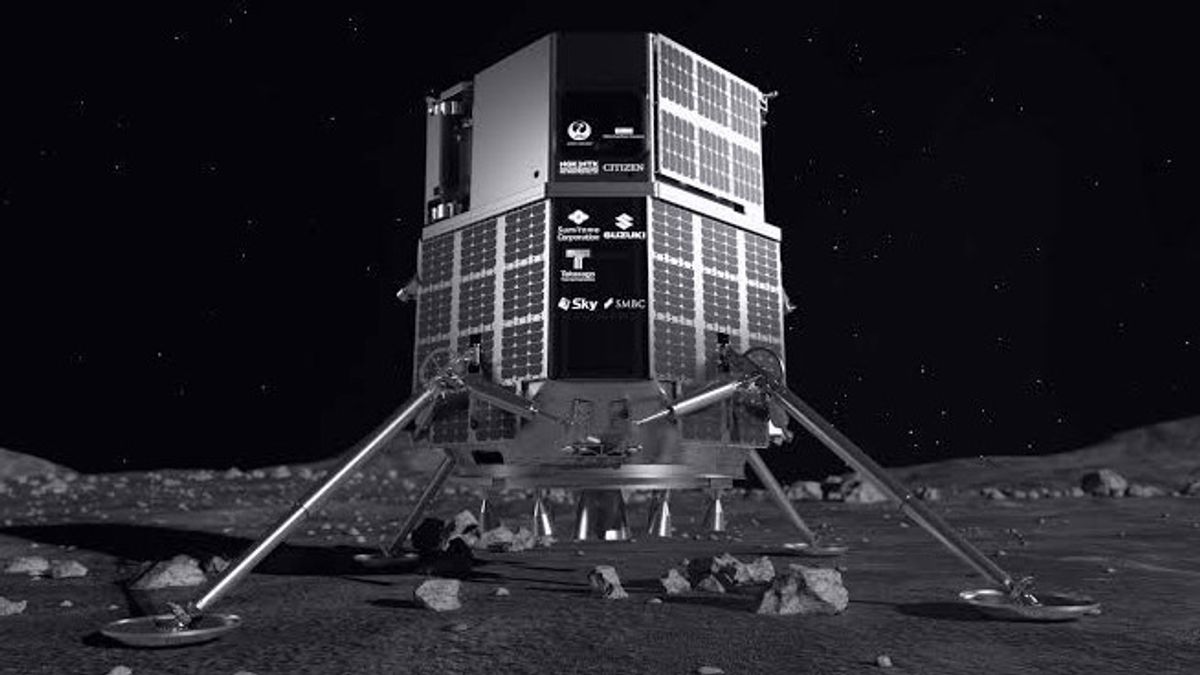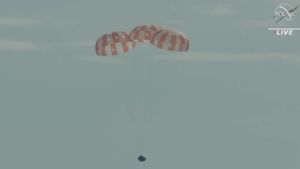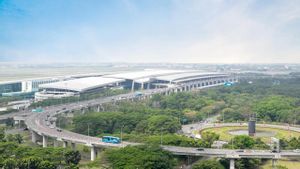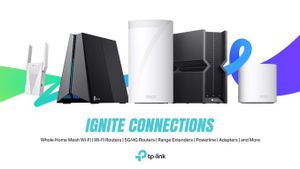JAKARTA - SpaceX with its Falcon 9 is back on a space mission, but this time it's not NASA as the main mission. He brought a spacecraft owned by Japan-based Ispace and a two-wheeled transformer-like robot belonging to its space agency JAXA, as well as a robot explorer from the United Arab Emirates (UAE).
The spacecraft or lander robot, nicknamed HAKUTO-R (M1), carries the Rashid rover robot built by the Mohammed bin Rashid Space Center (MBRSC), UAE. He is named after the late Sheikh Rashid Al Saeed, the former ruler of Dubai.
The mission was launched last Sunday at 2:38 local time from the Cape Canaveral Space Force Station in Florida, United States (US).
The three robots are scheduled to arrive in April 2023 to land in the moon's northeastern Atlas crater. If that works, M1 will also be the first commercial spacecraft to make a controlled landing on the Moon.
The mission took a low energy route to the Moon flying 1 million miles from Earth. The M1 itself was designed as a spacecraft that is energy efficient, cost effective and leaves more room for cargo.
Once there, M1 will spend one lunar day (the equivalent of 14.75 Earth days) on the surface, carrying out its primary operations. M1 will spend its second lunar day conducting secondary operations, to check if the Rashid will survive the harsh nighttime environment of the Moon, before being decommissioned.
The Rashid itself has been designed to withstand lunar nights, when temperatures reach as low as minus 183 degrees Celsius or minus 297.4 degrees Fahrenheit. He will analyze plasma on the moon's surface and conduct experiments to understand more about moon dust.
The ultra-sharp particles of lunar dust can stick to and erode spacesuits and equipment, causing operational problems for astronauts in the future.
Furthermore, the Rashid is fully solar-powered and equipped with four cameras, including a microscopic and a thermal camera. The explorer robot has four wheels and weighs 10kg. It was designed by a completely Emirati team.
In addition, M1 also carries JAXA's orange ball-sized robot which will turn into a two-wheeled robot on the Moon, similar to a transformer.
It is powered by a solid state battery, the company's flight computer with artificial intelligence to identify the geological features seen by Rashid and a 360-degree camera.
SEE ALSO:
It doesn't stop there, on this flight it's not only Japan and the UAE who are boarding, there is also a small NASA mission, Lunar Flashlight, which will enter an elliptical orbit around the Moon.
Lunar Flashlight will use infrared lasers to probe deep, dark craters in the lunar polar region.
Launching CNN International, Monday, December 12, MBRSC also used the mission to fuel ambitious plans for a Mars colony. He hopes to build the first human settlement on the Red Planet in 2117.
For information, this brand-new mission to the Moon was not long after NASA's Artemis I mission which flew the Orion spacecraft to travel to the Moon's orbit for 25 days. Now, Orion has returned to Earth yesterday and landed in the Pacific Ocean.
The English, Chinese, Japanese, Arabic, and French versions are automatically generated by the AI. So there may still be inaccuracies in translating, please always see Indonesian as our main language. (system supported by DigitalSiber.id)


















